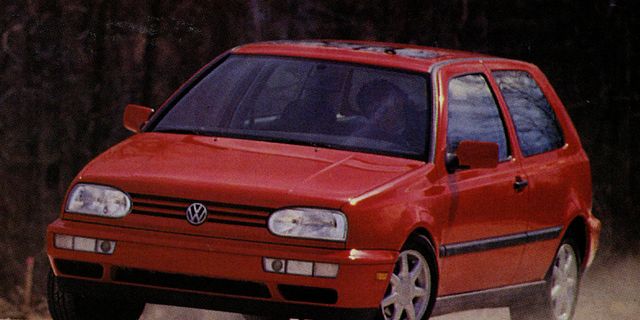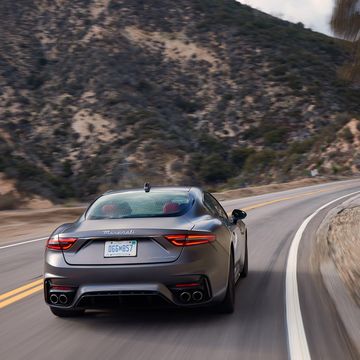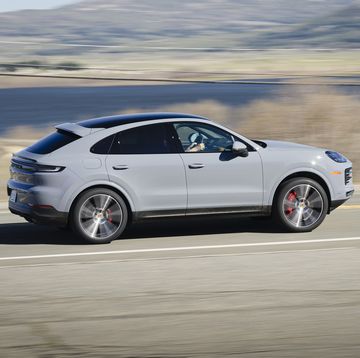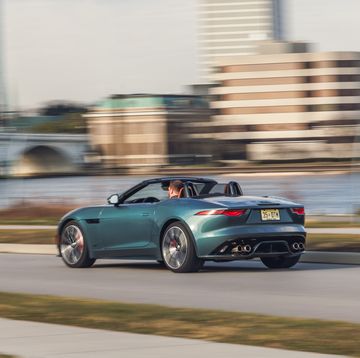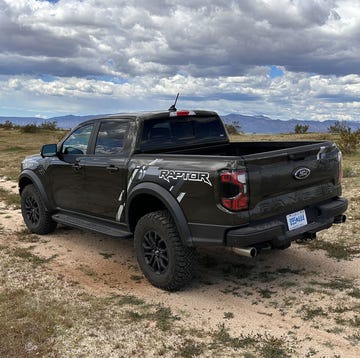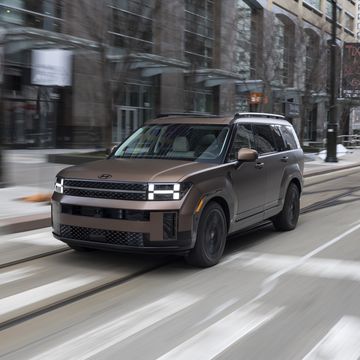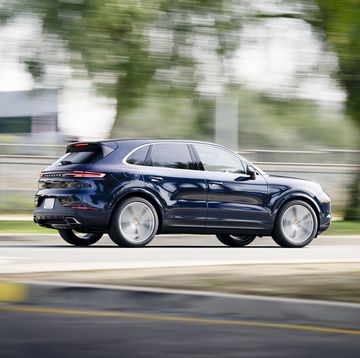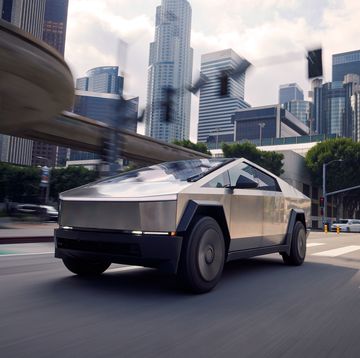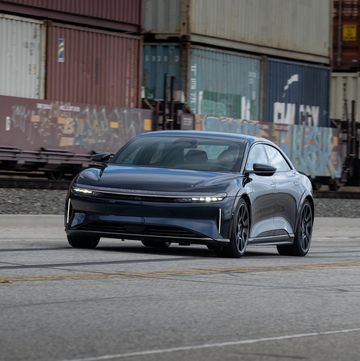If you’re familiar with philosophy, you know that Confucius once told his Deadhead-like band of groupies that the journey of a thousand miles must begin with a single step. They didn't listen and kept asking him, "Are we there yet?"—which led him to distraction, forcing him to abandon a high-profile career peddling wisdom for one in the lucrative but relatively unfulfilling fortune-cookie industry.
Thousands of years later, the Teuts at Volkswagen have studied and put his more sage words into action. The titans at Wolfsburg are collecting the shards of an economy-car empire that was usurped by the Japanese and by the company's own seeming indifference to compete with them in the U.S. Now Volkswagen has hit the comeback trail, and it's starting on the right foot with excellent new cars like the Golf and Jetta. It faces a long road to past glories in America, but with cars like the new Golf LE, the pavement will be more like the Yellow Brick Road and less like the Bataan Death March.
The latest Golf recaptures some of the territory that VW has given up in recent years. It feels sharp and roomy. It even looks contemporary, if not quite fashionable. And when trimmed in its most sporting outfit, which includes special alloy wheels and 195/60R-14 tires, a rear anti-roll bar, dual airbags, and sport seats done in cheeky fabrics, it's a formidable successor to the time-honored Rabbit GTI.
Agility and refinement peacefully coexist in this Golf, even though the concept is now going on 20 years old. An in-line four still sits crossways atop a strut suspension in front and interconnected trailing arms in back. It's hardly a new idea, but years of refinement to the Golf's seminal form have brought minor miracles in refinement.
A 172-hp VR6-powered GTI will be coming in the fall, and VW has decided not to bring over the 16-valve four to flesh out the lineup. So for now, the 115-hp 2.0-liter four is the sole powerplant available in the Golf. With it, the Golf LE is far from a pocket Porsche—it takes 9.1 seconds to get to 60 mph and tapers off at 113 mph—but it's quicker than a base Probe. The fat-bottomed torque curve and resonant VW exhaust note are more appealing, too. The leap to the VR6's urgency will be a huge one, but the standard engine has a torquey willingness all its own, with even and smooth power delivery.
The transmission is an evolution, too, but the rod linkage feels exponentially more precise than the newer, cable-actuated gearbox that harnesses VR6-powered Volkswagens. The rod shifter is almost on par with the best from Nissan and Toyota: throws are light and short, and the lever moves along clean vectors. The ideally spaced pedals encourage you to play footsies with the transmission, but the clutch takes up over several inches, forcing you to shift your leg in the middle of gear swaps.
Of course, in the translation to a modem car with modem levels of body rigidity and safety equipment, the Golf has picked up some weight. With the LE options, the Golf checks in at 2597 pounds. In accordance, the obsidian-sharp handling of the primeval 2100-pound GTI has been replaced by something more benign. But not blunt. Turn in and the steering instantly finds your intended point on the pavement. Dip into the brakes and the Golf hauls down from 70 mph in 187 feet. It has a touch more body roll than you might expect from a sedan that corners at lofty coupe levels of 0.82 g, but at the wheel it's easy to forget the Golf is a sedan.
It's not quite as easy to go blank when looking at the thing. Its exterior styling assumes the maximum dimensions of the package, which means the big-box look.
The conservative styling does create a spacious, flexible driver's den. Though its wheelbase is just 97.4 inches, more than six inches shorter than the Neon's, the Golf makes use of every cubic inch inside the doors. Front passengers have an embarrassment of seat travel and foot room. Adults fit with ease in the back seats. With some cushion gymnastics, the rear bench can be folded to create a wagon-like 41 cubic feet of cargo space.
The interior is lively by recent Volkswagen standards. The sport trim attached to the LE model includes zippy striped fabric for the firm-fitting sport seats. Rich plastics and vinyls cover the dash, which has metamorphosed into an attractively contoured shape. Long cubbyholes and bins decorate the door panels, but the glovebox has gone Crater, replaced by a deep knee-blocking pad.
In a global economy, it's no surprise that the key to a German's recovery is an ancient Chinese secret. The halcyon days may be over, but this Golf tells us that VW is back in the business of offering cars that enthusiasts and common folk alike will want to drive. The first steps are always tough, but Volkswagen is taking them two at a time.
